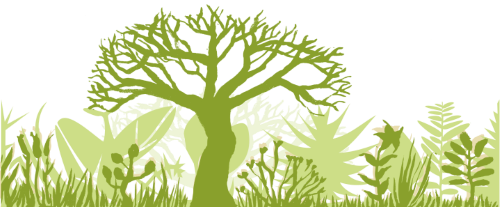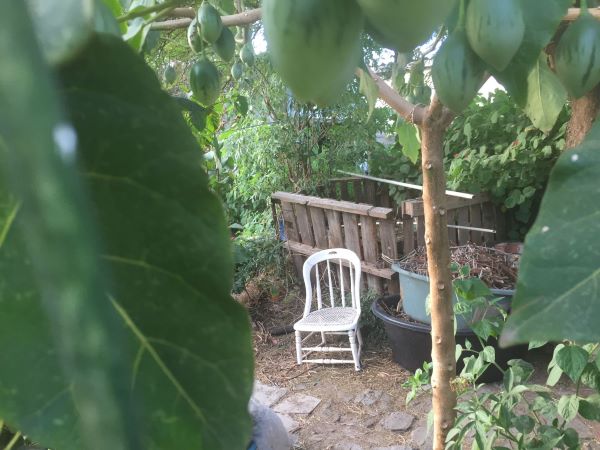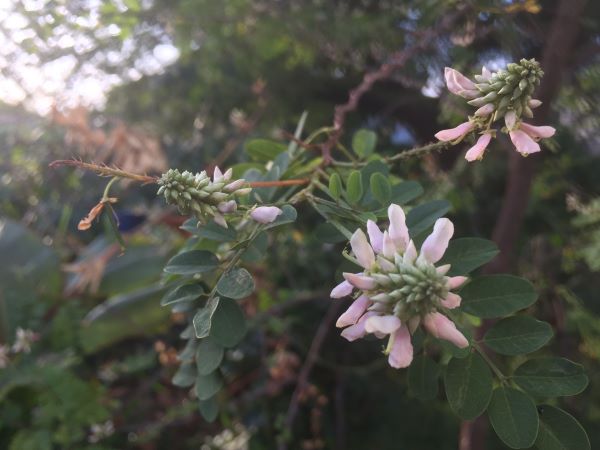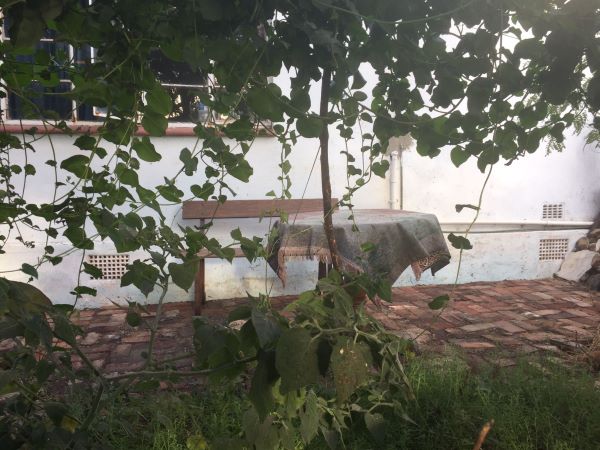| Back to Back Issues Page |
 |
|
Restore Nature, Issue #009 February 14, 2024 |
HelloRESTORE NATURENewsletter 9February 2024Pleasure, observation and biodiversityDear reader Welcome to the Restore Nature Newletter all new subscribers, and thankyou to the early subscribers for staying with me. Below you will receive the link to 'Part 1' of the biodiversity course. As some of you may know I've been working on this text for a long time. It focusses on the subject of biodiversity itself, what it is, why we could value it and some factors that threaten it, and I think this makes the article a suitable Part 1 of the GARDENING AGAINST EXTINCTION course. 
How the newsletter will work from now onI've decided to separate the newletter from the course, and so the newsletters on the topic thus far can be considered as a prelude to the course itself rather than part of it. There is a link in each Restore Nature Newsletter which gives you access to back issues if you missed any. The course material itself will from now on be embedded as hidden pages in the website to which subscribers have exclusive access and will no longer be delivered as newsletters. Be that as it may, I'm hoping that Part 1 can help activists, offering supportive argumetation. 
This month's newsletter on pleasure and permaculture principle 1What is biodiversity and why should we care ? That is what I've been reading and thinking about. Pleasure is one reason for supporting biodiversity. In this newletter I'll tell you how my 93 year old mother is contributing to our common joy in the garden. Permaculture principle 1 recommends that before acting we should observe. My mother can go into deep observation instantly. She claims it is her scientific training and she certainly doesn't know about permaculture. But it must be deeper than science. Communing with nature is instinctual, a meditation where the eyes are so full that pain subsides and wonder takes its place, without the effort of focussing on anything. 
The joys of observationMy mother moved to my house about a year ago from her old place with its unkempt forest garden. Here she likes to sit under the big thorn tree and watch. She wanted a bird feeder. In her first week here a troupe of red bishops showed up to welcome her. We've never seen them before or since. The resident masked weaver female dive bombs ma if she comes close to the nest, but soon flits away to harvest insects for very hungry and noisy chicks. Ma loves the life buzzing in the native Indigofera jucunda tree, with its delicate pink tinged blossoms that could be in a Japanese painting, and dreams of making indigo. Every day she has a wonderful story about what happened in the garden. I never seem to have the time to appreciate the results of my work, so I'm happy someone is enjoying it so much. I built a patio yesterday morning to facilitate our observational pleasure and its already part of our lives. I used recycled bricks which I've used to build with again and again. I love the weathered look of them. 
A book on caring for the forest plannedWe've started recording what my mother learned during her apprenticeship in the forest. Her memory for Latin names is not what it was, but she has an excellent anecdotal memory. If my recall of the past is dim hers is like a rolling technicolour film covering the aftermath of the great depression, world war two, childhood on the farm, and the years protecting native forest trees and listing plant species on west coast farms and battling public and academic skepticism. The recording is long overdue. She was too restless to write much herself. Her notebooks contain short pieces on contentious issues sent to the newspapers. Her educational posters are illustrated versions of these in point form. A book encapsulating it all was not high on her agenda. Getting through to people was her main concern. But she has many books within her. In our sessions we are managing to dig up many layers, delicately dusting off treasures like true archaeologists. In just three hours she has told me how to heal trees which have been stripped, protect the life giving root mat and how fire and mountain streams interact. A lot of what she says comes from observation rather from established forestry discourse. Her stories can thus be dismissed or serve as a stimulant to future research. I have high hopes that something useful will come of this, which is why I'm doing it. Topic suggestions welcomeYou may write to me anytime at the website greenidiom by filling out a comment. You can also use my webmail (website mail) address greenidi@greenidiom.com. Part 1 of 'Gardening against Extinction'Here is your link to Part 1 of Gardening against Extinction. A course on gardening for biodiversity. Part one takes a closer look at the idea of biodiversity itself. Future modules will come if and when they're completed. I'm researching and writing as we work through the course. Part 1 took 3 months and I was a bit staggered and couldn't keep my promise of a module a month. I hope you enjoy the course ! Click the following to link directly to Part 1 part 1 Gardening against Extinction Have you missed the introduction ?Please go to back issues right below if you want to catch up with what I've sent thus far as preamble for the course, as well as previous newsletters. |
| Back to Back Issues Page |